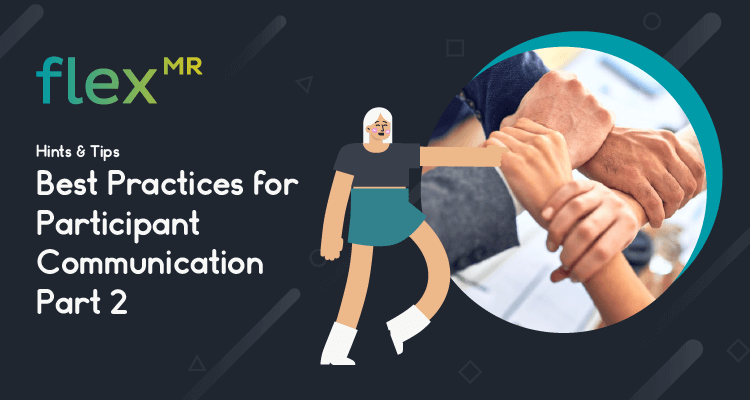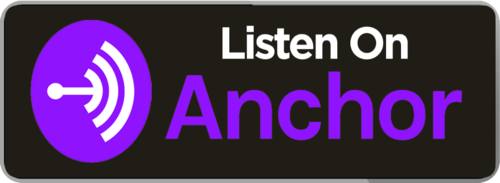Previously, Research Associate Charlotte Evans shared a set of best practices and actionable tips on how to create effective participant communications. Having explored the considerations and questions that lead to success, in this video, we hone in on the practical ways you can improve emails, online chat, telephone calls and other ways in which you engage with participants.
Tone, Style and Messaging
While it’s important that messages to research participants are clear, concise and easy-to-understand – it’s not just what you say that’s important. How you say it can have a similar or even greater impact. Tone and message should be guided in part by what the key information to takeaway is. However, it should also be influenced by audience, brand voice and how consumers would expect to engage.
For example, in some situations, a fun and informal approach works best. This can be helpful when communicating about lifestyle brands or consumer products. A more serious, professional tone can be effective in different contexts – such as research on B2B, particularly personal or financial products.
Layout of any message is also a key consideration. Throughout the video, Charlotte underscores how an effective layout can help participants digest information easier and lead to better engagement. In written communication, such as email, you may wish to consider breaking up large amounts of text with headers, bullet points and imagery. For short emails or messages, an entirely visual or HTML layout may be appropriate. In verbal communication, structure involves considering the flow of information and hierarchy that participants will assign to different messages.
Before the end of the video, Charlotte hits on the single most impactful practicality that determines the success of an email – the subject line. Encouraging participants to open and read a message is the most difficult step. This step alone should be thoroughly considered. Charlotte suggests choosing a subject line that entices a reader to find out more; whether it is through the choice of topic, incentive or sheer stand out quality.
By putting these hints and tips together, we hope you’ll be able to better communicate with your research participants, generate higher response rates to research tasks and even empathise with your audiences a little better.
Online Research Hints & Tips
The Online Research Hints and Tips series is designed to provide quick, easy-to-digest and actionable advice to help you make the most out of online qualitative and quantitative efforts. Tackling topics that range from participant communication to database management, getting the most out of focus groups to engagement strategies - we're aiming to make the world of online research easier for everyone to understand.



















